Table of Contents
ToggleAGM Battery: The Ultimate Guide to Absorbent Glass Mat Batteries
Batteries power a myriad of devices and vehicles in our daily lives, from cars to solar systems. Among the various types of batteries available today, Absorbent Glass Mat (AGM) batteries stand out for their unique technology and impressive performance. Whether you’re a car enthusiast, a solar power advocate, or simply curious about battery technology, understanding AGM batteries can significantly enhance your knowledge and decision-making. So, let’s dive into the world of AGM batteries and explore their workings, benefits, and applications.
What is an AGM Battery?
An AGM battery, or Absorbent Glass Mat battery, is a type of lead-acid battery that uses a fiberglass mat to absorb and immobilize the electrolyte. This design helps in reducing the risk of spills and allows for a more robust and maintenance-free operation compared to traditional flooded lead-acid batteries.
Brief History and Evolution of AGM Batteries
AGM technology was developed in the 1980s, primarily for use in military aircraft. The need for a durable, vibration-resistant, and spill-proof battery led to the creation of AGM batteries. Over time, their applications expanded into the automotive, marine, and renewable energy sectors, proving their versatility and reliability.
AGM Technology
How AGM Batteries Work
In AGM batteries, the electrolyte is absorbed into a glass mat separator that is placed between the battery’s plates. This mat holds the electrolyte in a suspended state, allowing the plates to remain in constant contact with it without the risk of spillage. The design enables the battery to deliver high power and sustain deep discharges, making it ideal for various demanding applications.
Key Components of AGM Batteries
- Plates: Typically made of lead or lead alloys.
- Electrolyte: Sulfuric acid absorbed in the glass mat.
- Glass Mat Separator: A highly porous fiberglass material that holds the electrolyte.
- Casing: A durable outer shell that protects internal components.
Benefits Over Conventional Batteries
AGM batteries offer several advantages over traditional flooded lead-acid batteries, including:
- Spill-Proof Design: The absorbed electrolyte prevents leaks, even if the battery casing is damaged.
- Maintenance-Free Operation: AGM batteries do not require periodic topping up of water.
- Higher Power Density: They provide more power in a smaller footprint.
- Reduced Internal Resistance: This allows for better charge acceptance and delivery.
Types of AGM Batteries
Deep Cycle AGM Batteries
These batteries are designed for applications requiring regular deep discharges, such as in renewable energy systems and off-grid power solutions. They can handle being deeply discharged and recharged many times without significant loss of capacity.
Start-Stop AGM Batteries
Ideal for modern vehicles with start-stop systems, these batteries can provide quick bursts of energy to restart the engine and handle the repeated cycling of starting and stopping.
Hybrid AGM Batteries
Combining the features of deep cycle and start-stop AGM batteries, hybrid AGM batteries are versatile, providing both high power for starting engines and deep cycling capabilities for sustained use.
Applications of AGM Batteries
Automotive Industry
AGM batteries are commonly used in vehicles, especially those with high electrical demands, such as luxury cars, SUVs, and vehicles with start-stop systems. They are also preferred in motorsports for their resilience and performance.
Renewable Energy Systems
AGM batteries play a crucial role in solar and wind energy storage systems. Their ability to handle deep discharges and recharge efficiently makes them suitable for storing energy generated from renewable sources.
Marine Applications
Boats and yachts benefit from AGM battery due to their spill-proof nature and ability to withstand the harsh marine environment. They power onboard electronics, lighting, and navigation systems.
Industrial Uses
From backup power for critical systems to powering forklifts and heavy machinery, AGM battery find extensive use in various industrial settings due to their reliability and low maintenance requirements.
AGM Batteries vs. Other Battery Types
AGM vs. Flooded Lead-Acid Batteries
Flooded batteries have free-flowing liquid electrolyte and require regular maintenance. AGM battery, with their absorbed electrolyte, are spill-proof, maintenance-free, and generally provide better performance and longevity.
AGM vs. Gel Batteries
Both AGM battery and Gel batteries are sealed and maintenance-free, but AGM batteries typically offer better performance in terms of power delivery and cycle life. Gel batteries use a gelled electrolyte, making them less sensitive to deep discharges but often more expensive.
AGM vs. Lithium-Ion Batteries
Lithium-ion batteries are known for their high energy density and lightweight design. However, they are significantly more expensive than AGM batteries and can be more sensitive to extreme temperatures. AGM batteries offer a cost-effective and robust alternative, especially in applications where weight is not a critical factor.
Advantages of AGM Batteries
Maintenance-Free Operation
One of the most appealing features of AGM battery is their maintenance-free nature. Unlike flooded batteries, they do not require periodic water top-ups or complex maintenance routines.
Superior Performance in Extreme Conditions
AGM battery perform well in a wide range of temperatures and are highly resistant to vibration and impact, making them ideal for demanding environments.
Enhanced Safety Features
The sealed design of AGM battery minimizes the risk of acid leaks and gas emissions, contributing to safer operation and handling.
Disadvantages of AGM Batteries
Higher Cost
AGM battery generally come with a higher upfront cost compared to traditional flooded lead-acid batteries. However, their longer lifespan and maintenance-free operation can offset this initial investment over time.
Sensitivity to Overcharging
Overcharging can damage AGM battery, reducing their lifespan. It is crucial to use the appropriate charger and adhere to recommended charging protocols.
Shorter Lifespan Compared to Some Alternatives
While AGM battery is durable, they often have a shorter lifespan than some advanced technologies like lithium-ion batteries, especially under heavy use conditions.
Choosing the Right AGM Battery
Key Factors to Consider
When selecting an AGM battery, consider the following:
- Capacity and Size: Ensure the battery meets your power needs and fits in the available space.
- Application: Choose a battery designed for your specific use case, whether it’s for automotive, marine, or renewable energy.
- Brand and Quality: Opt for reputable brands known for their quality and reliability.
Matching Battery to Application
Different applications require different types of AGM battery. For instance, deep cycle AGM batteries are ideal for renewable energy systems, while start-stop AGM batteries are best suited for modern vehicles.
Brand Recommendations
Some top AGM battery brands include Optima, VARTA, and Odyssey, known for their high-quality and performance in various applications.
Installation and Maintenance
Proper Installation Procedures
Installing an AGM battery requires careful handling and secure mounting. Ensure all connections are clean and tight to avoid electrical issues.
Tips for Maximizing Battery Life
- Avoid Deep Discharges: Try not to discharge the battery below 50% of its capacity regularly.
- Use the Right Charger: Ensure the charger is compatible with AGM batteries and follows the recommended charging parameters.
- Store Properly: If not in use, store the battery in a cool, dry place to prevent self-discharge.
Troubleshooting Common Issues
Common issues with AGM battery include overcharging, sulfation, and self-discharge. Regular monitoring and adhering to charging protocols can help mitigate these problems.
Environmental Impact of AGM Batteries
Recycling and Disposal
AGM battery is recyclable, and proper disposal is crucial to minimize environmental impact. Many battery retailers and recycling centers accept used AGM batteries for recycling.
Environmental Benefits Over Other Technologies
Compared to some alternatives, AGM battery have a lower risk of acid spills and emissions, contributing to a cleaner and safer environment.
AGM Battery Charging and Discharging
Best Practices for Charging AGM Batteries
- Use a Smart Charger: Smart chargers can adjust the charging rate to avoid overcharging.
- Follow Manufacturer Guidelines: Adhere to the recommended voltage and current settings for charging.
- Avoid High Temperatures: Charge the battery in a well-ventilated area away from heat sources.
Managing Discharge Rates and Depths
Keeping discharge depths moderate and avoiding prolonged low charge states can prolong the battery’s lifespan and maintain its performance.
Cost Considerations
Initial Investment
While AGM batteries are more expensive upfront, their benefits in terms of performance, maintenance, and lifespan often justify the cost.
Long-Term Savings and Value
Over time, the reduced maintenance costs and longer life of AGM battery can result in significant savings, especially in high-use scenarios.
Future of AGM Battery Technology
Innovations and Emerging Trends
Advancements in AGM technology continue to improve their performance and durability. New materials and manufacturing techniques are being explored to enhance their efficiency and lifespan.
Potential Impact on Various Industries
As AGM batteries evolve, their role in sectors like automotive, renewable energy, and industrial applications is likely to expand, offering more efficient and reliable power solutions.
User Reviews and Experiences
Common Feedback from Users
Users often praise AGM batteries for their reliability, maintenance-free operation, and robust performance in various conditions. However, some users note the higher cost and sensitivity to charging as potential drawbacks.
Case Studies and Success Stories
AGM batteries have successfully powered numerous applications, from high-performance vehicles in motorsports to remote off-grid solar systems, demonstrating their versatility and dependability.
Conclusion
AGM batteries represent a significant advancement in battery technology, offering a blend of performance, reliability, and safety. Whether for automotive, marine, or renewable energy use, their benefits often outweigh the higher initial cost, making them a preferred choice in many demanding applications.
You may also like:
AGM vs. Lead-Acid Batteries (2024) Pros and Cons (Which is Best ?)
FAQs
How Long Do AGM Batteries Last?
AGM batteries typically last between 3 to 5 years, depending on usage and maintenance. With proper care, some can last even longer.
Can AGM Batteries Be Recharged?
Yes, AGM batteries can be recharged. It’s important to use a compatible charger that follows the recommended charging parameters to avoid overcharging.
Are AGM Batteries Suitable for All Cars?
AGM batteries are suitable for most cars, especially those with high electrical demands or start-stop systems. However, it’s essential to check compatibility with your vehicle.
What Makes AGM Batteries Different from Gel Batteries?
AGM batteries use a fiberglass mat to hold the electrolyte, while gel batteries use a gelled electrolyte. AGM batteries generally offer better power delivery and cycle life but are slightly less tolerant to overcharging compared to gel batteries.
Do AGM Batteries Require Special Chargers?
AGM batteries perform best with chargers designed for their specific technology. Using a charger that matches the battery’s requirements helps in maintaining its performance and extending its life.
AGM Batteries: Construction, Basic Working Principle, and 5 Applications
How do you install another battery for car audio? | 10 Simple Steps
Tips for Extending Car Battery Life | 10 Best Tips

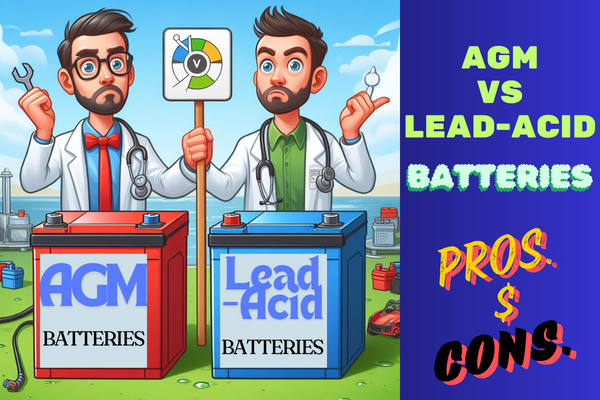
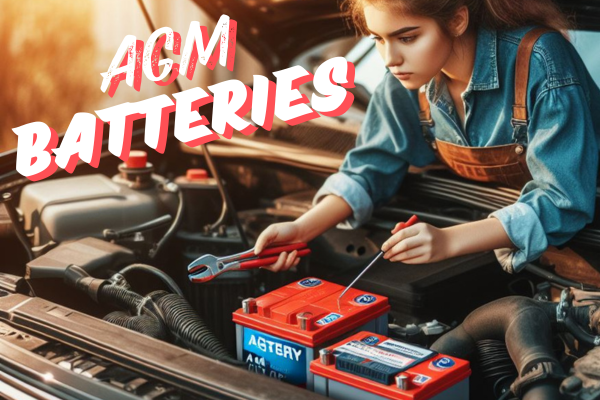


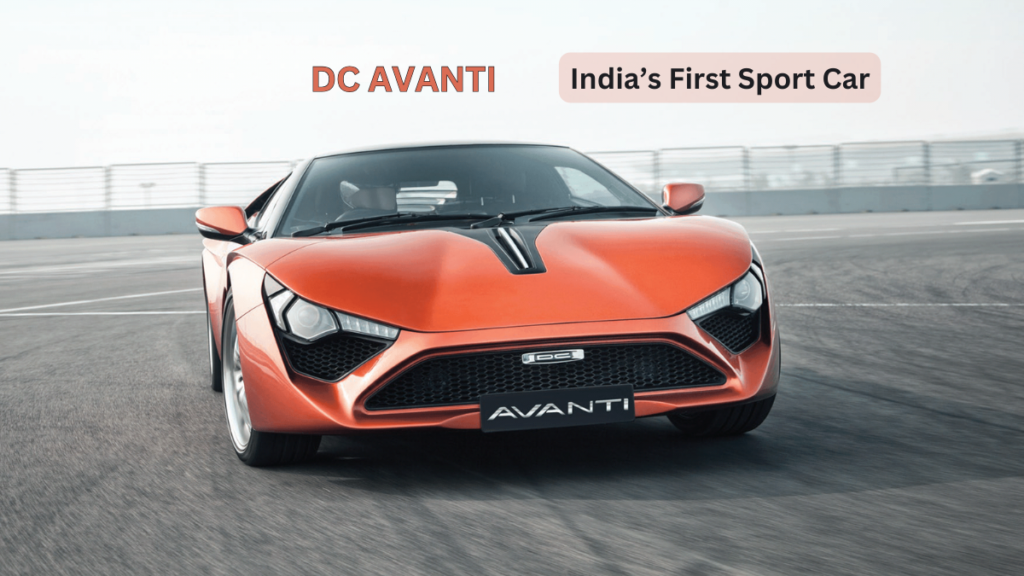





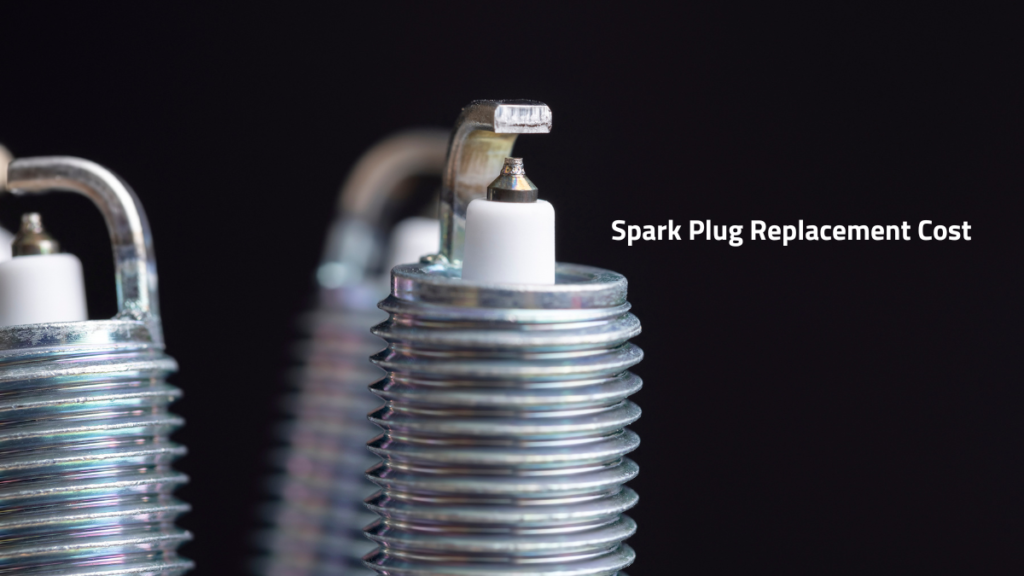







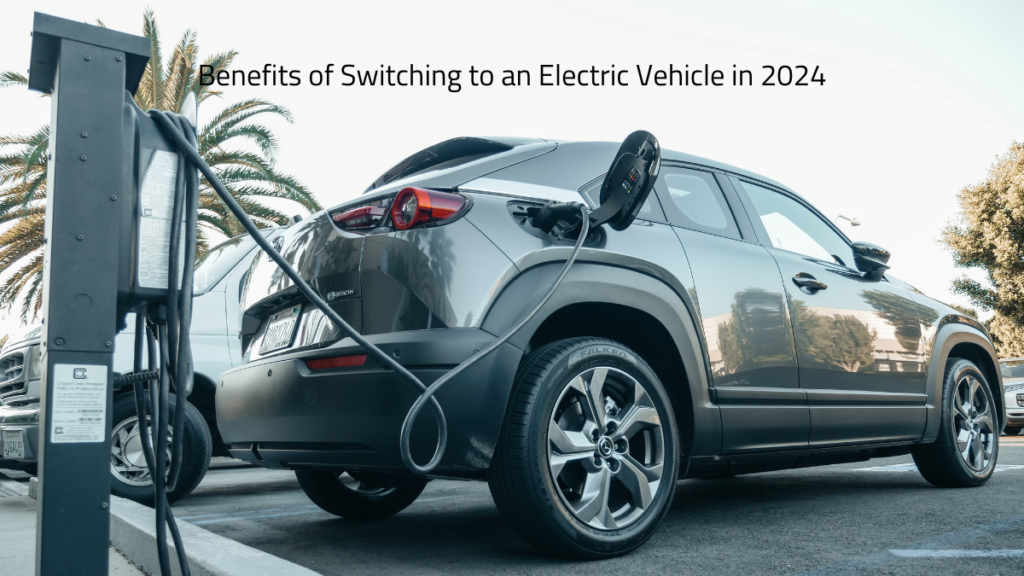



7 thoughts on “AGM Battery | Ultimate Guide to Absorbent Glass Mat Batteries”